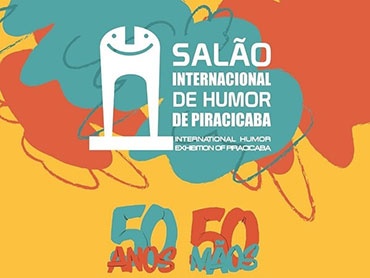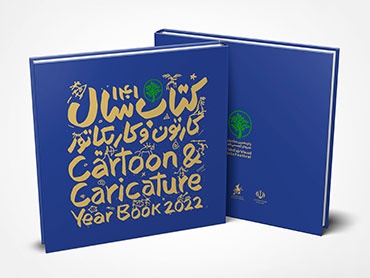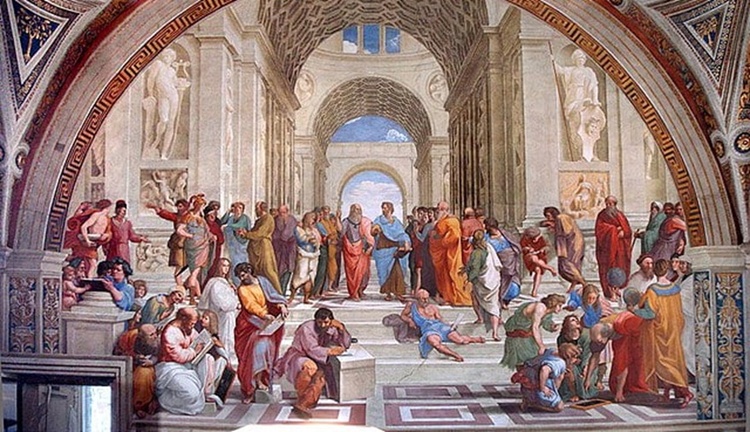
The Influence of Renaissance Art on Modern Culture
Renaissance art, which reached its peak between the 14th and 16th centuries, is one of the most significant and transformative phases in the history of Western art. During this period, Europe witnessed a cultural and intellectual revolution that redefined the concept of art, science, and philosophy. The Renaissance was marked by the rediscovery of the values of ancient Greece and Rome, resulting in an emphasis on symmetry, harmony, and proportion—characteristics that profoundly influenced the visual arts, architecture, and sculpture.
Renaissance artists sought to represent the world more realistically, using the technique of perspective to create depth in their works. This brought about a significant innovation, as paintings and sculptures began to portray the human figure with a degree of realism and precision never before seen. Artists such as Leonardo da Vinci, Michelangelo, Raphael, and Donatello were fundamental in creating masterpieces that not only challenged medieval traditions but also established new aesthetic standards.
Beyond technical innovations, the Renaissance was also a period of great advances in human thought. Art came to be seen as a vehicle for expressing philosophical and scientific ideas, and artists became respectable and influential figures in society. Leonardo da Vinci, for example, was not only a painter but also a scientist and inventor, with a holistic vision that uniquely integrated art and science.
The influence of the Renaissance can be seen to this day in modern and contemporary art. Elements such as the focus on the representation of the human body, the use of perspective, and the pursuit of an ideal of beauty remain present in contemporary artistic productions. Furthermore, Renaissance values, such as the appreciation of the individual and the interest in reason, continue to be fundamental in how we understand art and culture today.
Latamarte

- December 24, 2025
Gallery of Illustration by Pola Maneli – South Africa
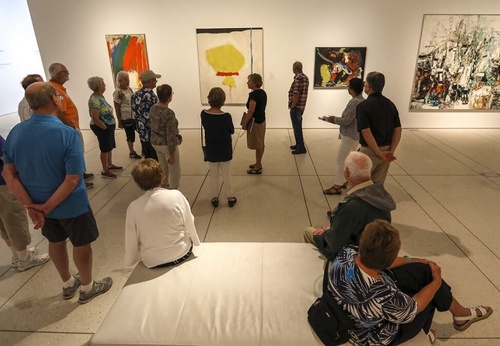
- December 24, 2025
Art as Human Expression and Universal Language
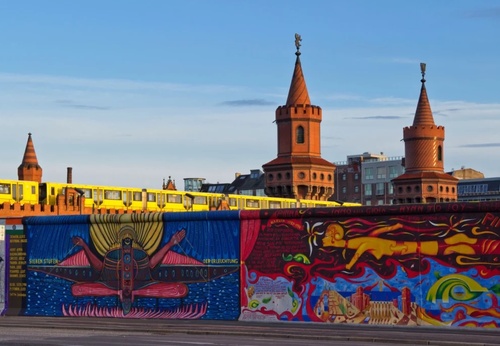
- December 24, 2025
Art in the Street: When the City Becomes a Gallery


- December 24, 2025
2026, a Key Year in Cultural Exchange Between Mexico and Qatar
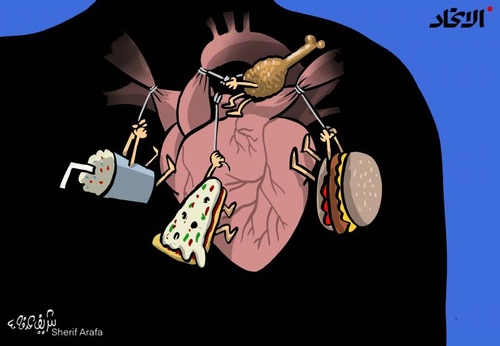
- December 24, 2025
Happy meals Obesity and heart disease.

- December 24, 2025
Juanita Escobar - Brazil

- December 23, 2025
AtEdge | Summer 2022
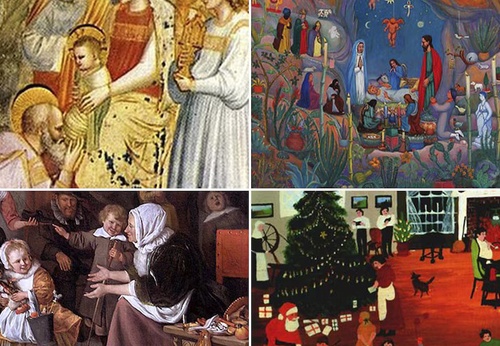
- December 23, 2025
Sacred Art Celebrates Christmas Through Its Works

- December 24, 2025
2026, a Key Year in Cultural Exchange B…

- December 23, 2025
Sacred Art Celebrates Christmas Through…

- December 22, 2025
MACA Inaugurates Exhibitions of Fontana…

- December 20, 2025
Costantini Acquires the Daros Collectio…

- December 17, 2025
ARCOmadrid Announces Participating Gall…

- December 17, 2025
Eduardo Costantini Acquired a Collectio…

- December 15, 2025
From Chile to Gaza: «Palestine Cries,»

- December 15, 2025
Latin American Artists MACLA and Montal…

- December 15, 2025
The Houston Museum That Doubled in Size…

- December 14, 2025
Brazilian Artist's Exhibitions at the V…

- December 13, 2025
Art for Gaza

- December 10, 2025
Pinta Miami 2025 Reaffirms the Strength…

- December 09, 2025
“GENOCIDE” Exhibition and Controversy O…

- December 09, 2025
Indigo Celebrates its 21st Anniversary …

- December 07, 2025
7 Art and Culture Recommendations for T…

- December 07, 2025
Why is Frida Kahlo the woman with the m…

- December 06, 2025
Argentine Art Makes a Grand Entrance at…

- December 06, 2025
Pinta Miami Highlights Sustainable Lati…

- December 04, 2025
Pinta Miami 2025: Epicenter of Contempo…

- December 03, 2025
Pinta Miami Boosts Latin American Art

- October 08, 2023
Illustrations reflect the brutal Israel…

- December 25, 2023
The jury statement of the Iran-Brazil F…

- March 21, 2024
The history of art in Palestine

- July 29, 2023
History of Caricature in Brazil

- May 22, 2025
Brady Izquierdo’s Personal Exhibition O…

- September 01, 2023
Neural Filters in new photoshop 2023

- April 20, 2024
Poignant Image of Grief Wins Mohammed S…

- October 21, 2023
Erick Meyenberg and Tania Ragasol at th…

- June 29, 2024
Exhibition at Centro MariAntonia contra…

- May 15, 2024
Eleven murals for Gaza painted across t…

- February 18, 2024
7 Ways to Understand What Visual Arts A…

- March 14, 2024
museum of statue of van gogh

- March 30, 2024
illustration websites in Latin America

- May 25, 2025
Bordalo II to hold exhibition in Paris …

- March 15, 2024
museum of sculpture of Salvador Dali

- May 20, 2024
Latin American Festival of Performing A…

- August 09, 2023
Venezuela mural expresses solidarity wi…

- August 23, 2024
Ai is not our future-Procreate

- January 23, 2025
Art Palm Beach 2025

- March 18, 2025
Works by Cuban Artist Eduardo Abela in …

- May 15, 2024
Eleven murals for Gaza painted across t…

- February 18, 2024
7 Ways to Understand What Visual Arts A…

- January 02, 2025
13 commemorations that will mark the cu…

- October 17, 2023
The influence of Latin American artists…

- February 03, 2024
THE HISTORY OF NAIF ART

- July 02, 2024
One of the largest urban art galleries …

- November 17, 2023
Fernando Botero's work is booming after…

- October 08, 2023
Illustrations reflect the brutal Israel…

- July 29, 2023
Piracicaba International Humor Exhibiti…

- December 25, 2023
The jury statement of the Iran-Brazil F…

- November 06, 2023
Heba Zagout: Palestinian artist murdere…

- December 10, 2023
Sliman Mansour and Palestinian art on t…

- March 14, 2024
museum of statue of van gogh

- February 01, 2025
A maior exposição de Botero em Barcelona

- March 21, 2024
The history of art in Palestine

- July 20, 2024
First International Mail Art Biennial 2…

- April 20, 2024
Poignant Image of Grief Wins Mohammed S…

- October 30, 2023
Palestinian turns images of the Gaza co…

- September 01, 2023
Neural Filters in new photoshop 2023

- February 08, 2024

